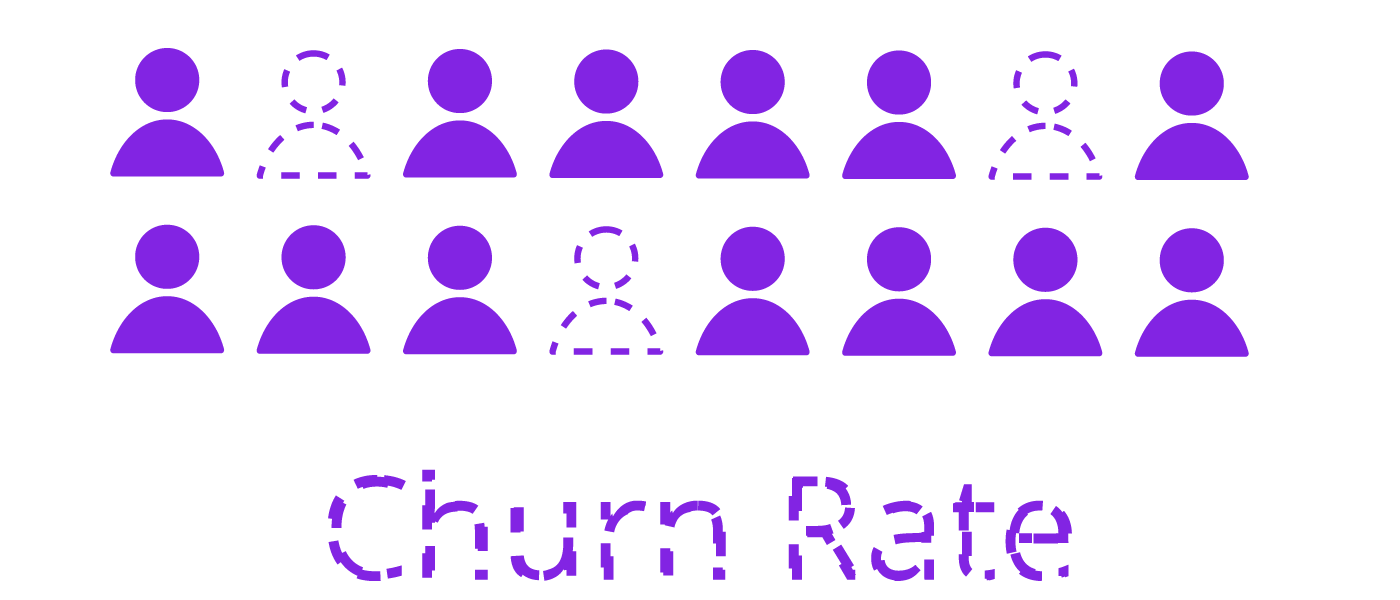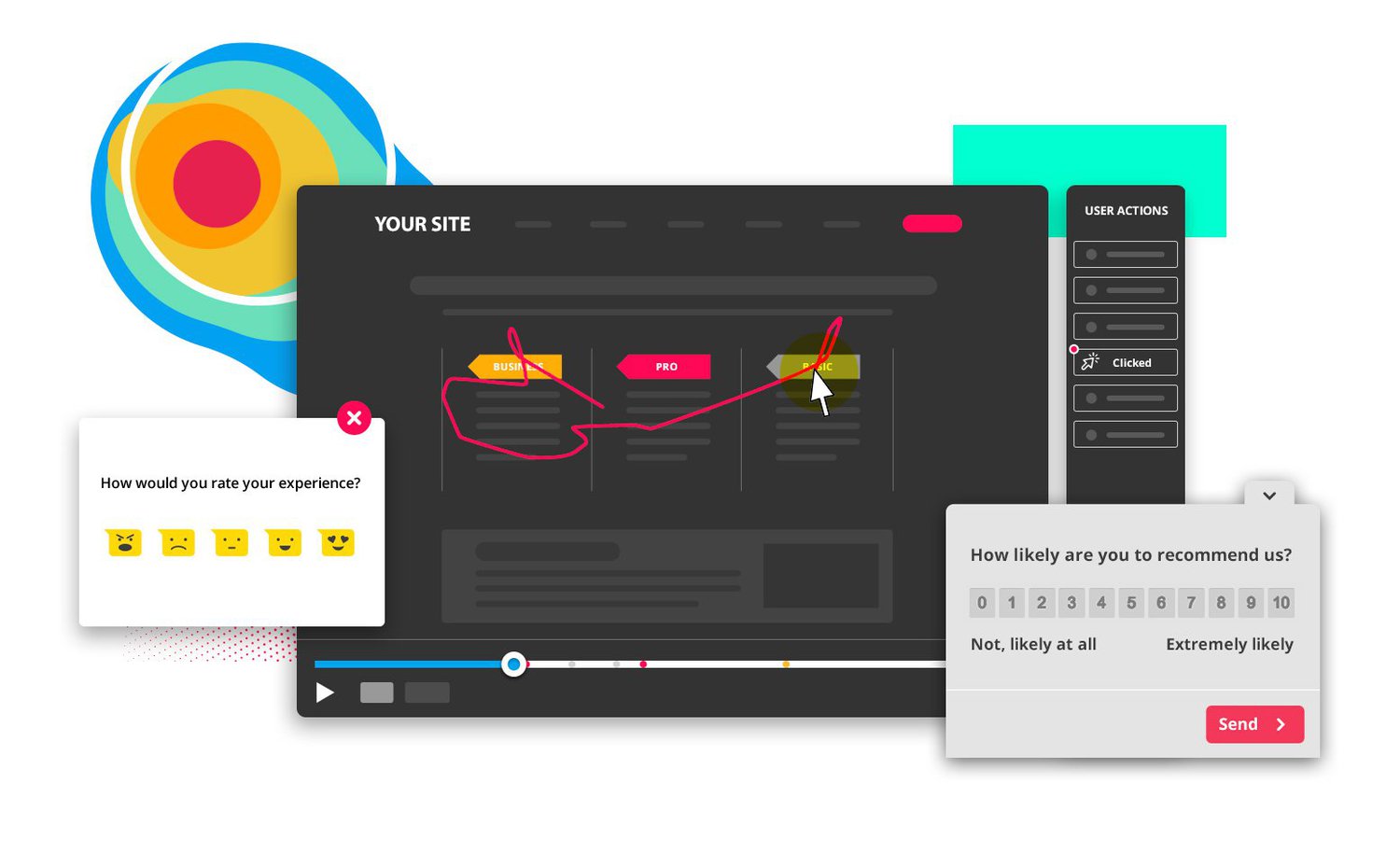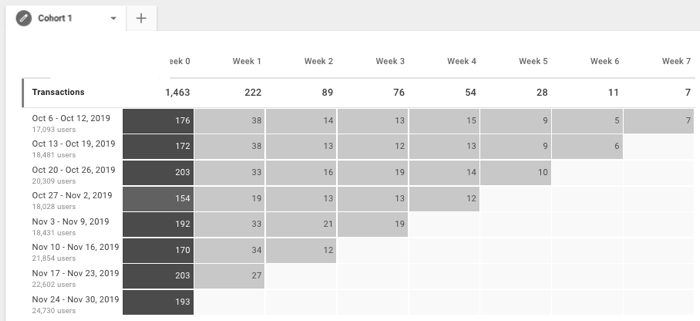How Your Churn Can Aid Business Growth

Churn rate is a number that tells you how many customers you lost over a given period. It’s straightforward but can tell you a great deal about your business. This article will discuss calculating the churn rate and explain how this analysis is valuable for your startup.
The “churn” is the percentage of people who cancel their service.
It’s generated by dividing the number of cancellations by the total number of customers during a given period, called a cohort, and it’s a helpful metric because it shows how your business is changing over time.
For example, if 100 people sign up for your SaaS and only 30 remain after one month, your monthly churn rate would be 30%.
#Churned Customers Are Valuable to Your Business Both From a Financial and an Opportunity Analysis POV
Churn is an important metric to track. If you’re not monitoring churn, your company has no idea how many customers are leaving or why they’re leaving. This is a massive problem because you need to know if customers leave you for good or bad reasons.
Churned customers are valuable from both a financial and an opportunity analysis standpoint. They may have been unhappy with the product but still willing to pay for it, so there’s still money on the table with these people–even if it’s less than what they paid initially. Churned customers also represent potential future sales: once they’ve had enough time away from your product or service (and possibly tried other things), they may be ready to return.
For example, in the Churn cohorts analysis at Fandango Latam, we detected a subset of customers installing and uninstalling our app. However, they kept coming back from time to time and used it only to show the QR ticket at the movie theatre. Discovering this behavior in customer surveys was a colossal growth trigger because it signaled different product and experience improvements we could add to our roadmap.
#Your Churn Rate Tells You How Every Change You Make Affects Your Customer Base
Your churn rate is a powerful signal that tells you how every change you make affects your customer base. A high churn rate means that customers are leaving, which can signal trouble for your business. Conversely, a low or negative churn rate indicates that customers are staying with you, so it’s safe to say they like what they get from working with you. But it’s not always so simple: sometimes people decide not to renew their subscription because they don’t want more content or access (and therefore aren’t indeed “churning”). And some companies intentionally choose not to renew contracts, even though there may be no issue with the product itself. This is sometimes part of an intentional strategy for reducing costs and increasing efficiency by eliminating unnecessary overhead.

#Churn Is an Important Metric, but It’s Best Understood as Part of an Overall Cohort Analysis
You need to understand the whole picture to make good decisions.
- Wrong decision 1: You may decide that your customers are leaving because they didn’t like your product or service and start focusing on improving those things instead of trying to keep them around longer. This can lead to a lot of wasted time and money–if people leave because their needs have changed (they found another solution), there may be little for you to do, but you have to ask why.
- Wrong decision 2: You may decide that your customer acquisition costs should be lowered and cut back on marketing efforts. Even though those efforts would bring in new customers who have different needs than current ones, cutting them would hurt both existing users’ experience and future growth potential by limiting how many new people get exposed to what makes your company great!
Like the example I discussed on Fandango Latam, we need to look for essential data and insights when doing the cohort analysis.
#Analyzing the Churned Cohort for Growth
In addition to understanding the overall churn rate, it’s essential to analyze each churned cohort specifically. This means looking at the characteristics and behaviors of the customers who have canceled their service. By understanding why these customers have left, you can identify patterns and trends that can inform your strategy for reducing churn and driving growth.
One way to analyze the churned cohort is through customer surveys. Ask customers who have canceled their service why they decided to do so.
Are they leaving because of a specific feature or product that wasn’t meeting their needs?
Are they going because of a poor customer experience?
Are they leaving because they found a better alternative?
By understanding the reasons behind customer churn, you can take action to address those issues and improve the overall customer experience.

Another way to analyze the churned cohort is through data analysis.
Take a look at the data you have on your churned customers, such as demographics, usage patterns, and engagement levels. Are there specific segments of customers who are more likely to churn? Are there specific usage patterns that are associated with churn? By identifying these patterns, you can target your retention efforts to the segments of customers who are most at risk of churning. If you are using an engagement platform, they will help you create the cohorts, segment the users, or even create RFM analysis for you. You can use Google Analytics or even get creative with a spreadsheet.

**Finally, it’s also important to consider how the churned cohort can drive growth for your business.
For example, if a customer cancels their service because they found a better alternative, that alternative may be a potential partner or acquisition target for your company. Additionally, suppose customers are leaving because they want less content or access. In that case, you could offer different pricing options allowing them to pay for only what they need.
#Conclusion
Churn is an important metric, but it’s best understood as part of an overall cohort analysis. An excellent way to think about churn is that it’s the beginning of your customer lifecycle.
Analyzing the churned cohort can provide valuable insights into customer behavior and inform your strategy for reducing churn and driving growth. By understanding the reasons behind customer churn and identifying patterns and trends, you can improve the overall customer experience and target your retention efforts to the segments of customers who are most at risk of churning and pay you more. Additionally, by considering the potential opportunities that churned customers represent, you can drive growth for your business.
Your churn rate is a powerful signal that tells you how every change you make affects your customer base. If you want to grow fast, then you need to understand how each new feature or change in the offering affects this number–and what actions to pursue so that it stays low!
Originally published on Hackernoon

